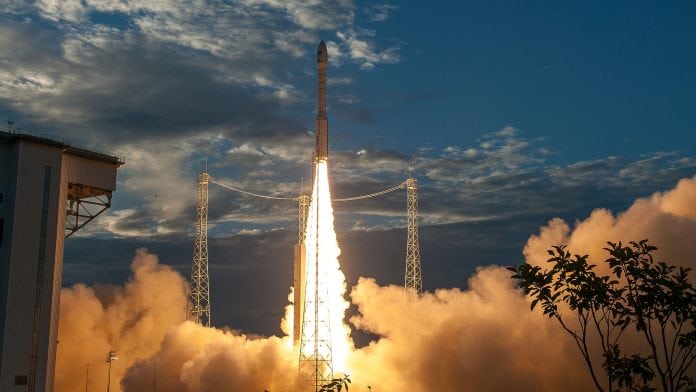The European Space Agency has done something impressive that would enhance how weather forecast and other analyses are done on Earth’s atmosphere. The Aeolus Earth Science Mission has been launched by the ESA, using a Vega rocket. This mission would be helpful in analyzing the winds in Earth’s atmosphere. It must be noted that the mission has a tenure of three years, during which it would conduct serious studies and a lot of analysis options. At the end of the day, the Aeolus mission would help the world have better weather forecasts and a deeper understanding of the winds in earth’s atmosphere.
The launch event was taken care of by Arianespace, which is a French service provider. The service provider said that the event was successful and that the mission would find the right place in the atmosphere. It’s the 12th time that the Vega rocket is used for launches, and it has gotten things right all the 12 times. The launch happened on Wednesday, from French Guinea, with the right weather conditions. Talking about the rocket, it was built in Italy by Avio. After some time, the base stations on Earth received the first signals from Aeolus mission as well.
After the data was relayed to the European Space Operations Center, in Germany, the officials said that the Aeolus mission is in good shapes. Talking about the mission further, CEO of Arianespace said that “Aeolus will precisely measure wind flow and air currents on the Earth, improving weather forecasting, and ultimately our ability to protect the environment. Aeolus demonstrates how assets in space can help to preserve our planet, and how Europe can contribute to this critical mission.” For the ESA, it’s a dream come true moment as well. The agency has been working on the Aeolus mission for the past decade.




